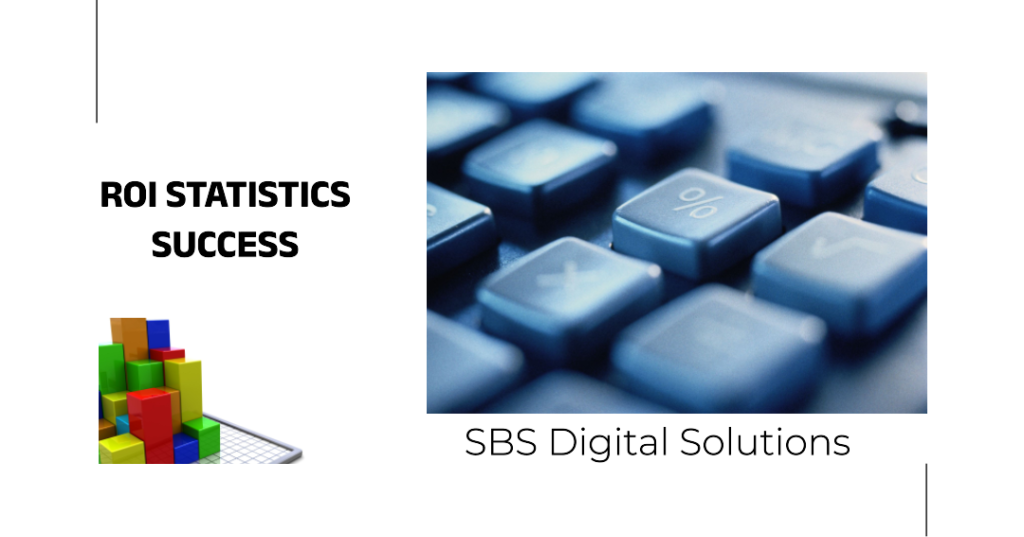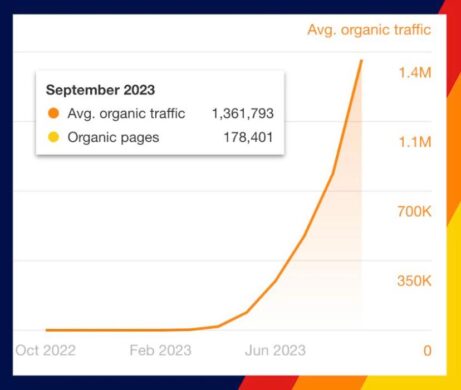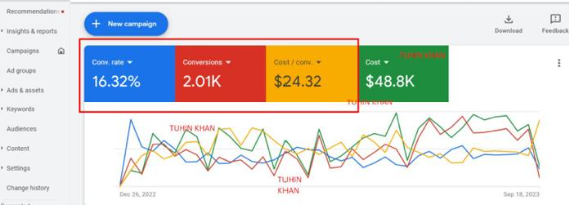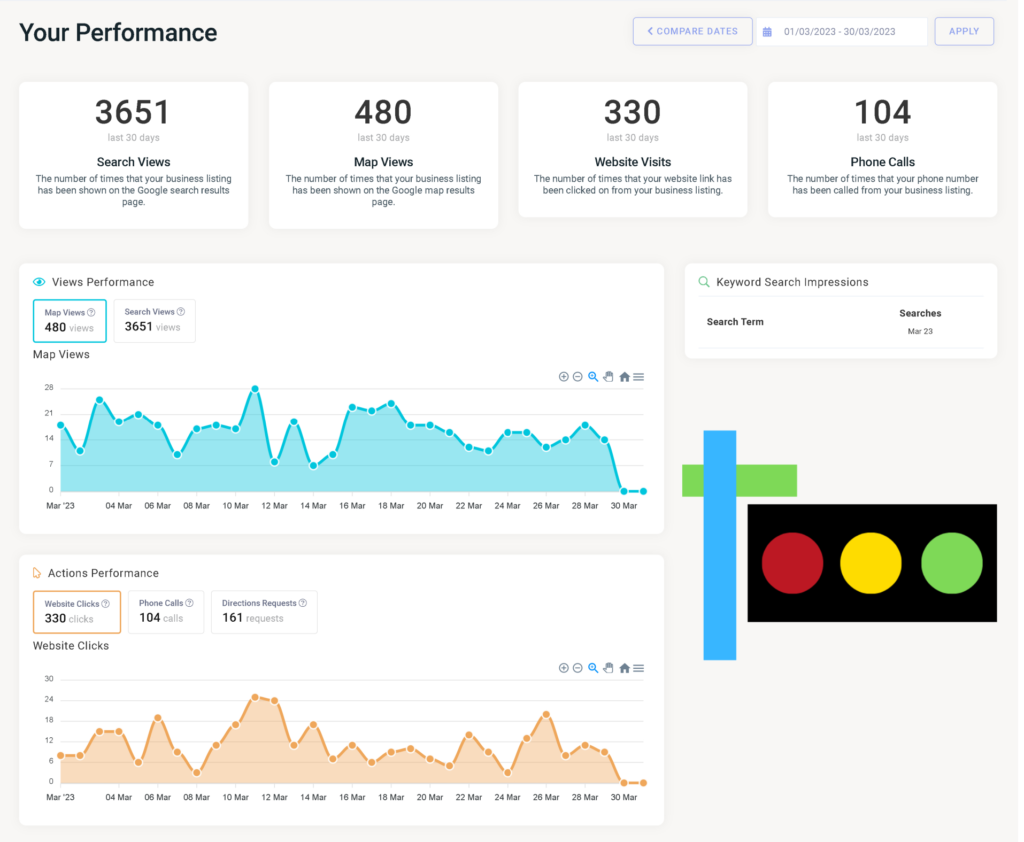
Services
Start with the drop-down menu
SBS MARKETING
Imagine never losing another customer to your competitors. With our digital marketing expertise, we’ll boost your online visibility and revenue.
30% OFF
First service
Promo Code
SBS13
what we do
We offer tailored digital marketing solutions to promote businesses and brands through digital platforms or the internet, saving you money and revenue compared to competitors in your niche, both online and physical location.
|
Target Audience
|
|
| Online business | |
|
Increased relevance
|
|
|
Cost-effective advertising
|
|
|
Improved customer retention
|
|
| Local stores | |
| Higher footfall | |
|
Enhanced brand reputation
|
|
|
Improved customer satisfaction
|
|
|
Traffic Generation
|
|
| Online business | |
|
Increased website visibility
|
|
|
Expanded customer base
|
|
|
Improved lead generation
|
|
| Local stores | |
|
Increased foot traffic
|
|
|
Improved customer discovery
|
|
|
Enhanced offline marketing impact
|
|
|
Conversion Optimization
|
|
| Online business | |
|
Increased revenue
|
|
|
Improved customer experience
|
|
|
Enhanced marketing efficiency
|
|
| Local stores | |
|
Higher in-store sales
|
|
|
Improved customer engagement
|
|
|
Better utilization of physical space
|
#1. Target Audience Analysis
Are you struggling to acquire new clients and generate quality leads for your business?
#2. Traffic Generation
Through targeted strategies and expert execution, we increased our client’s acquisition by 150% in just six months.

#3. Conversion Optimization
With us, you’re not just investing in marketing; you’re investing in tangible growth and increased revenue. Our proven track record ensures a substantial return on investment that far exceeds the initial cost.
Complete “Level 2” to schedule your first consultation with our experts in three steps.
Let’s turn your success story into a reality

Unlock 30% discount today!
Complete the 3 steps for a call back!
What To Expect
More People Visiting the Website |
Getting More Potential Customers |
Turning More Visitors into Customers |
More People Know About the Business |
Making More Money |
Using Money Wisely |
Spending Less to Get a Customer |
Building Better Relationships with Customers |
Keeping Customers Coming Back |
Being Found Easily on Search Engines |
Growing on Social Media |
Expanding to New Markets |
Staying Ahead of the Competition |
Having a Good Reputation Online |
Knowing if it’s Working |
Trying New and Creative Ways to Market |
Using Data to Make Decisions |
Seeing What Works and What Doesn’t |
Keeping Up with New Trends |
Using Different Platforms Together |
Increased Organic Customers

We created 180k new “advice” pages that are driving 1.3M monthly traffic from SEO (in just 8 months)
Improved Conversions

Business Type: Service-based |
Ad Platform: Google Ads |
Duration: This Year(1st January to 20 September, 2023) |
Conversions: 2.01K |
Conversion Type: Lead Form Submissions & Phone Calls |
Conversion Ratio: 1748 From Lead and 262 Phone Calls |
Cost Per Conversion: $24.32 |
Conversion Rate: 16.32% |
Total Cost: $48.8K |
Positive reviews

Access credibility and trust with Google customer reviews!
Authentic feedback can improve your online reputation, increase customer confidence, and boost conversions. Start right away!
Increased in sales and revenue

This is a result of a year-long campaign, everything starts with understanding that you must commit to a different strategy if you want a different outcome.
More business calls!!!

In 28 days, we brought 104 organic prospects to our client, and 62 of them converted. (Better result monthly!)

Business Owners
In Your Aspirations
- Achieve a strong online presence and increased foot traffic to their physical locations.
- Establish themselves as industry leaders.
- Foster a loyal customer base while driving revenue growth.
featured:


- Complete business automation
- Designing custom websites and maintenance
- Design of business cards and logo design
- Hosting for domains and websites
- Storage for business emails and websites
- Tracking website and SSM visitors
- Promoting a business in a local area
- Running ads to target your audience
- Re-marketing to specific people online
- Business pop up on Facebook, Instagram, and TikTok
- Bulk Texting, WhatsApp, and Email marketing
- Social media management
- Launching of new products
- After-launch assistance and data analysis
- Event promotion, content, boost, signup, and analysis
- Social headers and promotional items creation
- copywriting and content creation and curation
- Google's legal and regulatory compliance for business
Website Design and Maintenance
Responsive website design for mobile devices
E-commerce website design and development
WordPress website design and development
Landing page design and development
Website Maintenance and Support
Regular website backups
Software updates and security checks
Website hosting and server management
Content updates and website changes
Website speed optimization
User Experience (UX) Design
User research and analysis
Information architecture and sitemap design
Wireframing and prototyping
User testing and feedback
UI design and visual design
$300 - $5000
Search Engine Optimization (SEO)
On-page optimization
Off-page optimization
Link building
Content creation and optimization
Local SEO
E-commerce SEO
$300 - $5000
Brand Consultation
Our consultation involves a strategic session where an in-house expert analyzes and advises on optimizing your brand’s online presence, visibility, and marketing efforts to achieve specific goals and objectives. This may encompass areas like SEO, content strategy, social media presence, paid advertising, and more, tailored to the brand’s unique needs and target audience.
$100
YouTube Channel Optimization
Updating and optimizing your channel information
Adding a channel banner and profile picture
Creating channel art and thumbnails
Adding video descriptions and tags
Conducting keyword research for YouTube
Optimizing video titles, descriptions, and tags
Creating video transcripts and annotations
Promoting videos through social media and other channels
Setting up and managing YouTube ads
Creating and optimizing video ad campaigns
Developing targeting and bidding strategies
Analyzing and reporting on ad performance
$300 - $2000
Hire a Digital Marketer
Get help to generate more leads and sales, when you need it, while you need it.
Hire a digital marketer to maximize your online presence and navigate the competitive online landscape with expert strategies, boosting brand visibility, conversions, and revenue through targeted campaigns and data-driven decision-making.
